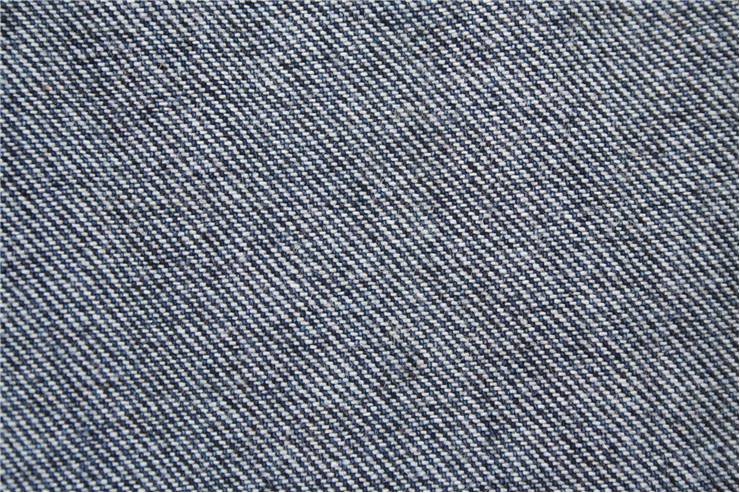History of Indigo - Blue of Blue Jeans
Indigo is a type of blue dye that is generally used for coloring of cotton yarn that is used for production of denim cloth for blue jeans. Indigo is also used for dyeing wool and silk. Indigo was a natural dye which was extracted from plants but now it is synthetic.
Indigo was produced from many plants throughout the history but the most famous indigo dye was produced from the plants of the genus Indigofera. One of those plants is Indigofera tinctoria which is native to India which was the earliest major center for production and processing of indigo dye. From there it arrived to Ancient Greece and Rome where it was considered a luxury product. Other Asian countries like China, Japan and South East Asian nations also used indigo for centuries but India is considered oldest center of indigo dyeing. Even its name points that. Greek word for the dye, indikón - means Indian. Romans changed that to indicum. After that term passed through Italian dialect and then into English as the word “indigo”. That shows that other parts of the ancient world got their indigo from India. Romans used indigo painting and for medicinal and and as cosmetics. There are tablets from 7th century BC Mesopotamia that tell about coloring of the wool. In the Middle Ages indigo becomes rare because heavy duties imposed by Persian, Levantine, and Greek merchants. Instead of it people used woad, a dye made from the plant “Isatis tinctoria” that was chemically identical to the indigo. When, in the second half of the 15th century, Portuguese explorer Vasco da Gama discovered a sea way to India that opened trade route to India, the Spice Islands, China, and Japan. After that use of indigo rises in Europe. Portugal, the Netherlands, and England were major importers of indigo for Europe. European powers planted indigo plantations in their tropical colonies. Biggest plantations were in Jamaica, Virgin Islands and South Carolina and labor on these plantations were African and African-American slaves. Easily obtainable indigo threatened local woad industry so France and Germany outlawed imported indigo in the 16th century. Natural indigo was used until the invention of synthetic indigo.

Natural indigo in India was made like this: cut plant is tied and placed in the vats made of brick lined with cement. Plants are then covered with clear fresh water and left to steep until fermentation ends, usually 10 to 15 hours. Liquor that is yellow in color and is a result of fermentation is moved into beaters where it is treated with wooden oars or by machinery. Color of the mass changes into green, then blue and then into the indigo. Mass settles to the bottom of the vat and is then extracted. Indigo mass is then boiled, filtered and pressed to be dry as much as possible. Final product is a dry mass cut into cubes.
The first synthetic indigo dye was made by German chemist Adolf von Baeyer in 1878 but synthesis of indigo those first tries was impractical. Experimenting continued and first commercially practical synthetic indigo was made in 1897.

